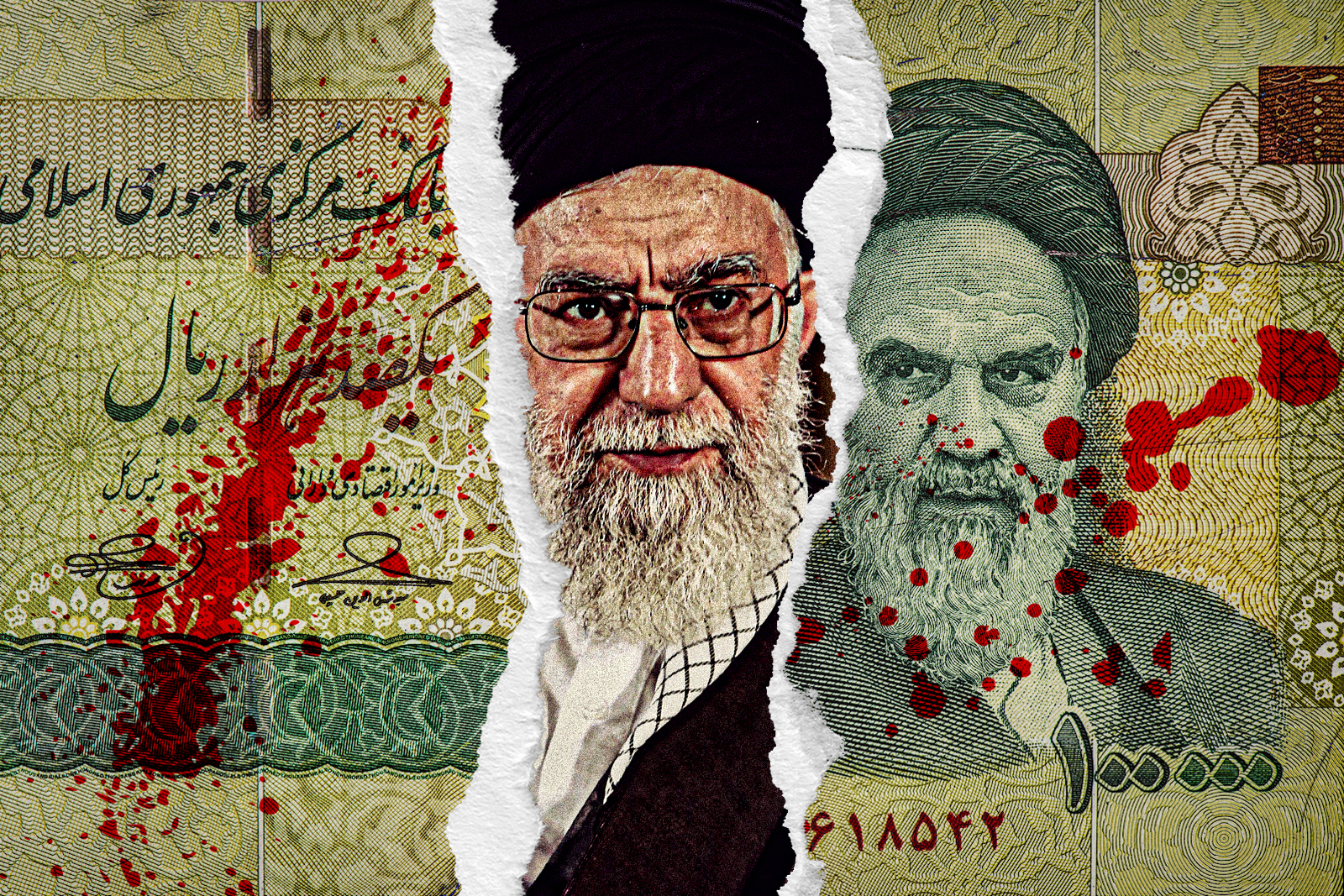
Iran Protests Likely to Intensify as Economy Worsens
Since the Iran protests began in September, neither the protestors nor the ruling Islamic regime can claim victory. The government has used heavy and brutal violence to suppress the growing protest movement. More than five hundred protestors have been killed, with thousands injured and the regime has arrested at least 20,000 protestors. While these arrests have reduced the number of people that have the courage to join the street protests, these measures have not stopped the movement. Small groups of students and young adults are still organizing protests in Tehran and in many other cities.
The political and cultural demands of the protestors, however, enjoy widespread support among large segments of society. The movement is also partially sustained by several famous artists and athletes who have risked arrest and harassment at the hands of security forces, to express their solidarity with the protestors and condemn the regime’s violent response. These prolonged protests inside the country have also resulted in vocal solidarity protests among exiled and immigrant Iranian communities all around the world.
One factor that might affect the resilience and size of the ongoing protests in the coming months is the economy. The current uprisings were primarily motivated by demands for social and cultural freedoms such as the removal of the mandatory hijab for women. Many of the ordinary citizens that have been deterred from joining these protests by the violence of the security forces are likely to join future protests if economic conditions worsen. The economy was already in poor condition in September when the protests began and it is getting worse. The economic hardship might reinvigorate the protests by motivating thousands of impoverished citizens to join the protests.
Surprisingly, the sustained protests themselves have played an important role in worsening Iran’s economic crisis, and by doing so they might prevent the uprising from petering out. The protests have impacted the economy through several direct and indirect channels. First, the rapid and unexpected spread of the protests to more than 150 cities within a few days after the death of Mahsa Amini, which triggered the protests, has caused a sharp increase in business and political uncertainty. The government’s inability to contain and end the protests quickly, as it had done four years earlier with heavy casualties, exacerbated these uncertainties. The declining confidence in the economy increased the number of ordinary citizens and businessperson’s demand for hard currency and gold (which are perceived by most Iranians as the best options to protect a household’s savings against inflation.)
This collective economic behavior put upward pressure on the exchange rate and increased inflationary pressures. The confidence in the domestic banks and financial markets were further eroded when the opposition groups used social media to call on people to withdraw their savings. This call encouraged more households to convert their savings into foreign currency and gold. Some are even buying any type of durable appliances that they can find as investment commodities will maintain their value with inflation.
Second, the government has frequently disrupted the Internet to prevent communication and coordination among protestors. These disruptions, however, are also affecting many businesses that rely on the Internet for transactions. These include many small and medium businesses that sell their products and services online. Furthermore, Iran has faced a severe natural gas shortage since November. Fear of mass protests over the shortage of natural gas for household consumption has compelled the government to allocate a larger share of the limited supply to households by reducing gas deliveries to large industrial units such as the cement industry and petrochemical units. As a result, gas shortages are disrupting production and causing economic losses.
Third, the resilience of protests and the government’s brutal response have motivated the United States and several European countries to tighten their economic sanctions and trade restrictions against Iran. Throughout 2022, prior to the September uprisings, there was some hope that the nuclear negotiations between Iran and the United States would result in a new agreement. As a gesture of goodwill, the U.S. had implicitly relaxed some of its unilateral sanctions. The war in Ukraine had also served as an excuse to partially relax the enforcement of restrictions on Iran’s oil exports.
The media attention and the negative publicity of Iran’s violent response to the protests has put pressure on these governments to suspend the negotiations and increase the economic pressures on Iran. Germany, which is Iran’s largest European economic partner, has suspended all trade guarantees for commerce with Iran. The United States has intensified its efforts to disrupt Iran’s clandestine oil exports through Iraqi intermediaries. It has also pressured the Iraqi government to disrupt the informal currency exchange markets that are used by the Iranian government for manipulating the exchange rate and clandestine fund transfers. As a result of sanctions and anti-smuggling measures, Iran has to sell its oil at a substantial discount, which further reduces its oil export revenues.
Even though U.S. sanctions do not target food and medicine, the comprehensive financial sanctions have made it difficult for Iran to pay for the import of these necessities. As of late December, 37 cargo ships carrying grain and other food items had been waiting in the Persian Gulf to unload their cargo. The delivery was delayed because the financial sanctions have made it very difficult for the government to complete the payment transfers.
In addition to the anti-government protests, Iran’s diplomatic and military support for Russia in its war against Ukraine has given an additional reason for Western countries to intensify their economic and diplomatic pressure on Iran. Several Western governments have banned all economic and financial transactions with any entities that are affiliated with the Islamic Revolutionary Guard Corps (IRGC). In response to the protests and Iran’s support for Russia, several countries such as the United Kingdom are designating the IRGC as a terrorist organization. Since the IRGC is actively involved in many sectors of Iran’s economy and many government officials are former IRGC officers, these restrictions will cause further disruption in Iran’s international trade.
Consequently, in the coming weeks, the combined effects of worsening sanctions, rising inflation, poverty, and loss of confidence in the government’s ability to stop the economic decline, might bring a new wave of economic dissidents into the streets, despite the risk of injury and arrest at the hands of the security forces. These new protestors will energize the ‘woman, life, freedom!’ protests again.

